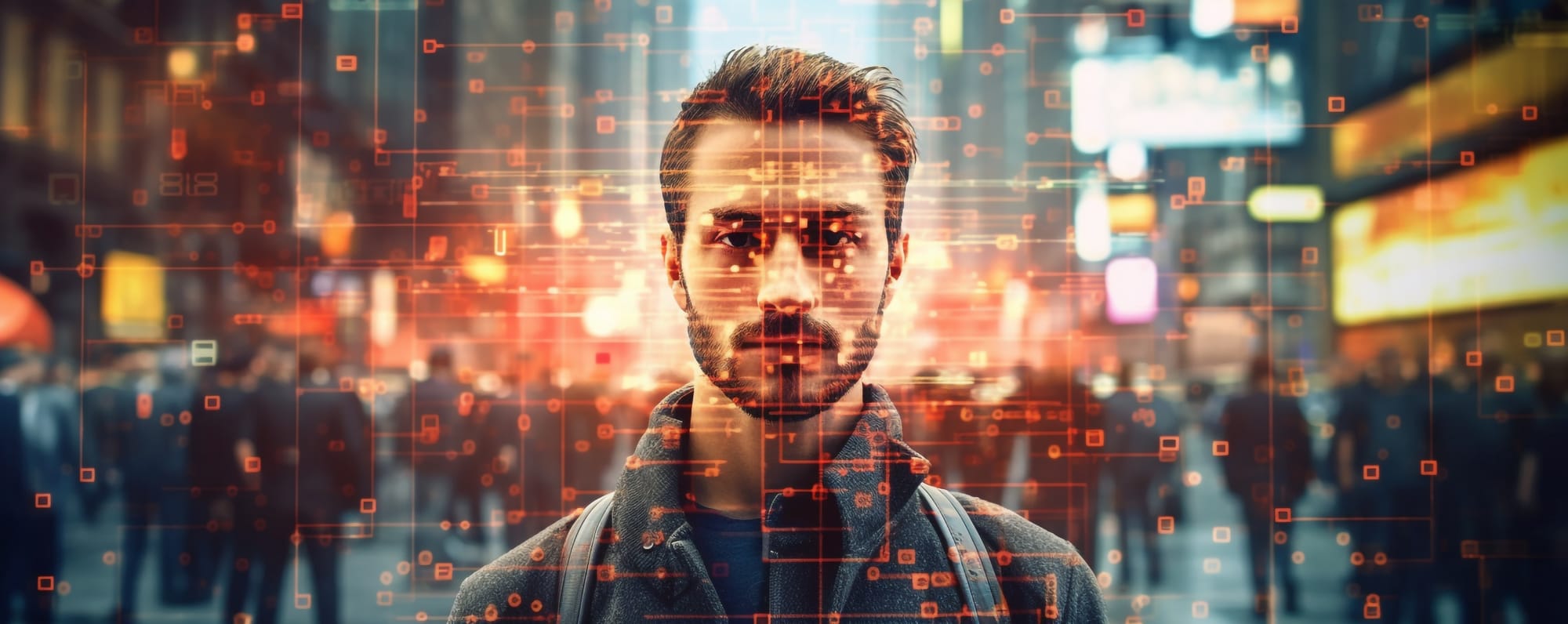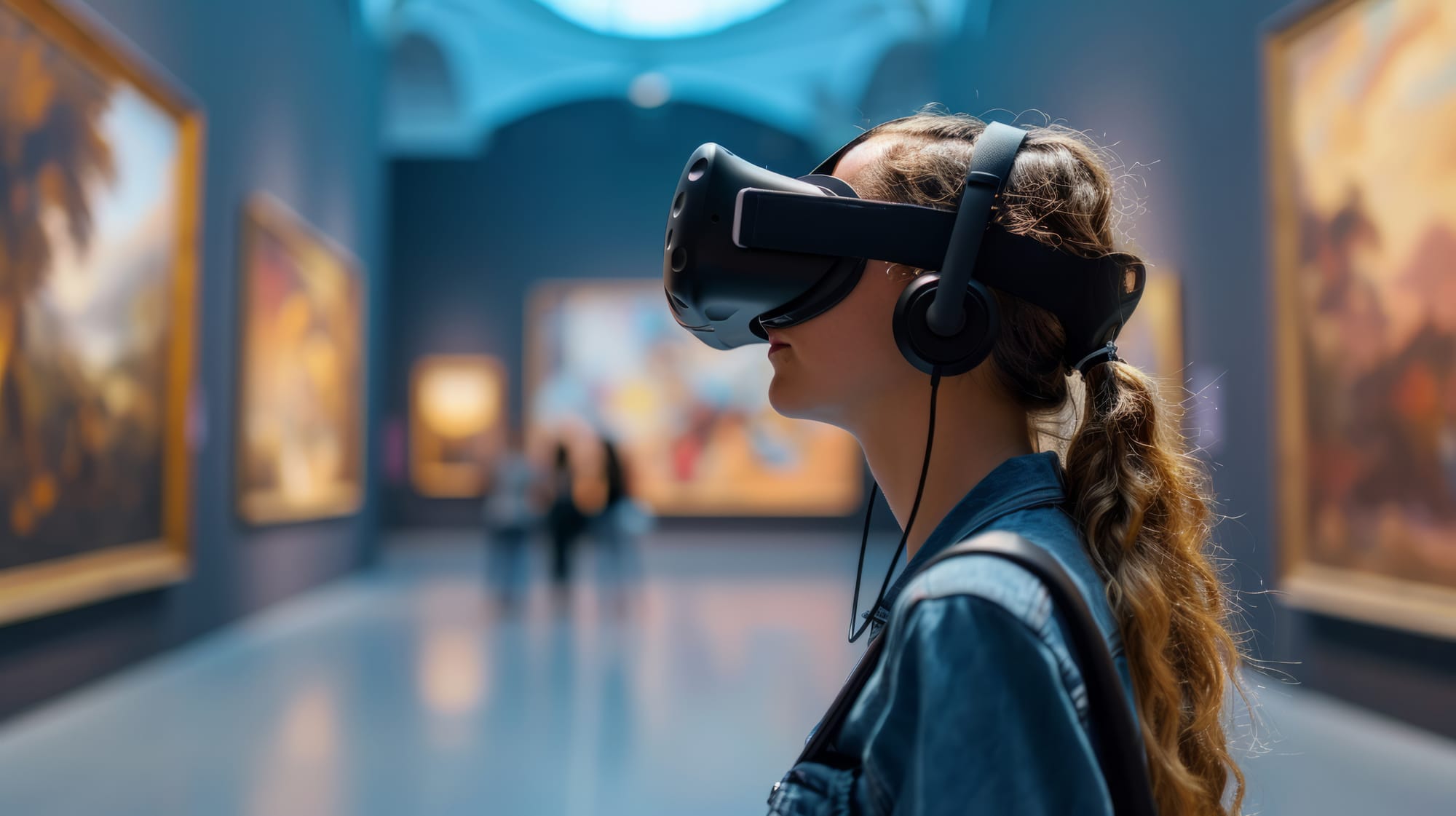The Future of Photography: Trends and Predictions for the Industry

Photography has come a long way since the invention of the first camera in 1816. Technology has continually evolved more and more until the present when a smartphone can capture life's moments. Understanding where photography is headed technologically is crucial for grasping future innovations and current photography trends.
Technology and Photography
With the advancement in technology, the future of photography looks bright. From AI-powered cameras to 3D imaging, virtual and augmented reality experiences, and computational photography, photography will witness a massive transformation in the coming years. These advancements are not only shaping the way we capture and share images, but they are also changing how we consume and experience photography.
The Overlap of Real and Augmented
One of the most significant advancements in photography is the use of AI-powered cameras. These cameras leverage artificial intelligence to enhance composition and offer advanced photo editing AI capabilities. They can recognise faces, track subjects, and adjust exposure and focus accordingly. AI-powered cameras also have the ability to learn and improve over time, making them more efficient and accurate.

Another advancement that is changing the way we capture images is 3D imaging. With 3D imaging, photographers can capture three-dimensional images and create digital models of real-world objects. This technology has several applications, from virtual tours of real estate properties to creating digital replicas of museum artefacts.
Virtual and augmented reality experiences are also transforming photography trends. With virtual reality, photographers can create immersive experiences for viewers, which allow them to interact with the images in a new way. Augmented reality, on the other hand, allows photographers to overlay digital images onto the real world, creating a seamless blend between the two.

Computational photography is another area of trends in photography that is seeing significant advancements. By merging traditional methods with AI in photography, computational photography enables new techniques such as HDR and focus stacking. These techniques allow photographers to capture images with greater dynamic range and depth of field.
Drones and 360-degree cameras are also reshaping how we capture and share images. Drones allow photographers to capture aerial views of landscapes and cityscapes, while 360-degree cameras offer a more immersive way of experiencing images. These technologies are changing the way we see the world, and they are also making photography more accessible to a wider audience.
The Intersection of Technology and Social Change in Photography
There is also a growing focus on sustainability and ethical practices in photography. This means that photographers are increasingly aware of the impact their work has on the environment and society. They are taking steps to reduce their carbon footprint and promote ethical practices in their work.
In addition to the advancements in technology, there are also evolving ways of consuming and sharing photos through digital platforms and social media. With the rise of social media, photography has become more democratised than ever before. Anyone with a smartphone can capture and share images with the world. This has given rise to a new generation of photographers, who are using social media to showcase their work and build a following.
Trend Predictions for 2024
Looking ahead, we anticipate several photography trends 2024. Virtual and augmented reality experiences will become mainstream, while photography will increasingly tackle environmental and social justice issues. Nostalgic film aesthetics will make a comeback, alongside minimalist and abstract styles. Collaborative projects and community-driven initiatives will flourish, reflecting the interconnected nature of modern photography.
Predicting the future of photography isn't easy, but we foresee AI playing a more significant role, 3D printing becoming more prevalent, and social media continuing to shape photography industry trends. Cameras will become more compact and versatile, while drones will offer new perspectives. Lighting technology will evolve, and collaborative projects will thrive. Ultimately, photography's future holds endless possibilities for those willing to adapt and innovate.
What Does It All Mean for You?
The future of digital photography is a game-changer for everyone. It promises improved image quality, thanks to technological advancements enhancing resolution, dynamic range, and colour accuracy. New creative avenues will open up with AI photo editing tools like AI-powered cameras and 3D printing, enabling photographers to experiment and innovate. Plus, digital photography will become more accessible and affordable, democratising the art form for all.
But What About Photography as a Career?
While the industry is competitive, there are still lucrative opportunities for those who can offer unique services and adapt to changing demands. Specializing in niche areas or providing specialized services like drone photography can set you apart. The demand for the photography industry will continue to grow, especially in fields like advertising, social media marketing, and event photography. As long as you can adapt and offer something unique, the future of photography as a career looks promising.
Wrapping Up
In conclusion, photography has come a long way since its inception, and it is still evolving. The advancements in technology are transforming the way we capture and consume images, and they are also creating new opportunities for photographers. The future of photography is exciting, and it promises to be more creative, accessible, and sustainable than ever before. As long as photographers are willing to adapt and innovate, the possibilities for this art form are endless.

